Increasing Energy Demand
The rising demand for energy in the Europe, Australia, Middle East & Africa Solar Tracker Market is a significant driver for solar tracker adoption. As populations grow and economies expand, the need for sustainable energy solutions becomes more pressing. In particular, the Middle East is witnessing a rapid increase in energy consumption due to urbanization and industrialization. This trend necessitates the exploration of renewable energy sources, with solar power being a key focus. The International Energy Agency projects that solar energy could account for a substantial portion of the energy mix in these regions by 2030, further propelling the demand for efficient solar tracking systems.
Supportive Government Policies
Government policies play a pivotal role in shaping the Europe, Australia, Middle East & Africa Solar Tracker Market. Various countries in these regions have implemented favorable regulations and incentives to promote renewable energy adoption. For instance, feed-in tariffs, tax credits, and grants are being offered to encourage investments in solar technologies. In Europe, the European Union has set ambitious renewable energy targets, aiming for at least 32% of energy consumption to come from renewable sources by 2030. Such policies not only stimulate market growth but also create a conducive environment for innovation and investment in solar tracking technologies, thereby enhancing the overall market landscape.
Cost Reductions in Solar Technology
Cost reductions in solar technology are significantly impacting the Europe, Australia, Middle East & Africa Solar Tracker Market. The price of solar panels and associated technologies has decreased dramatically over the past decade, making solar energy more accessible and competitive with traditional energy sources. According to recent data, the cost of solar photovoltaic systems has dropped by nearly 90% since 2010. This trend is encouraging more businesses and homeowners to invest in solar solutions, including solar trackers, which enhance energy production. As the cost of solar technology continues to decline, it is expected that the adoption of solar trackers will accelerate, further driving market growth in these regions.
Technological Innovations in Solar Trackers
The Europe, Australia, Middle East & Africa Solar Tracker Market is experiencing a surge in technological innovations that enhance the efficiency and effectiveness of solar energy systems. Advanced tracking systems, such as single-axis and dual-axis trackers, are being developed to optimize solar panel orientation throughout the day. These innovations can increase energy output by up to 25%, making solar installations more economically viable. Furthermore, the integration of smart technologies, including IoT and AI, allows for real-time monitoring and predictive maintenance, thereby reducing operational costs. As these technologies become more accessible, they are likely to drive further adoption of solar trackers across the regions, contributing to a more sustainable energy landscape.
Environmental Concerns and Sustainability Goals
Environmental concerns are increasingly influencing the Europe, Australia, Middle East & Africa Solar Tracker Market. As climate change becomes a more pressing issue, governments and organizations are setting ambitious sustainability goals. The commitment to reduce carbon emissions and transition to cleaner energy sources is driving investments in solar technologies. For instance, Australia has pledged to achieve net-zero emissions by 2050, which necessitates a significant increase in renewable energy capacity. Solar trackers, by enhancing the efficiency of solar installations, play a crucial role in meeting these sustainability targets. This growing emphasis on environmental responsibility is likely to bolster the market for solar trackers in the coming years.


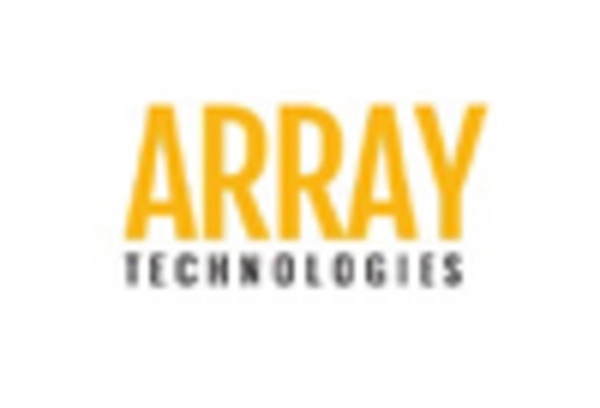
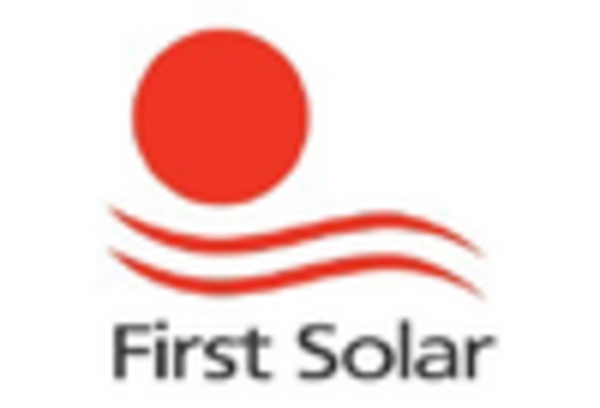
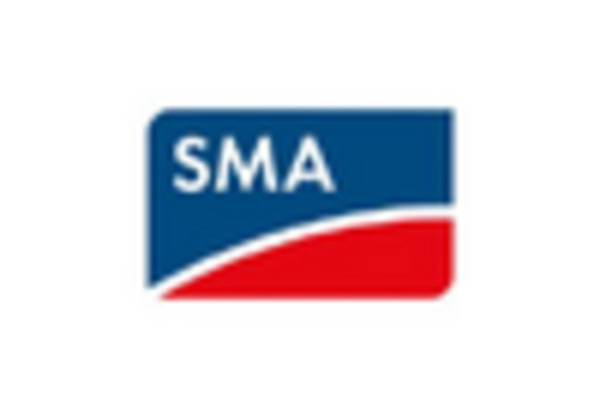
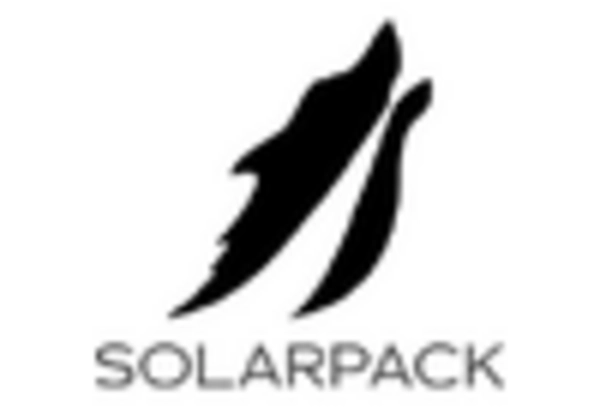
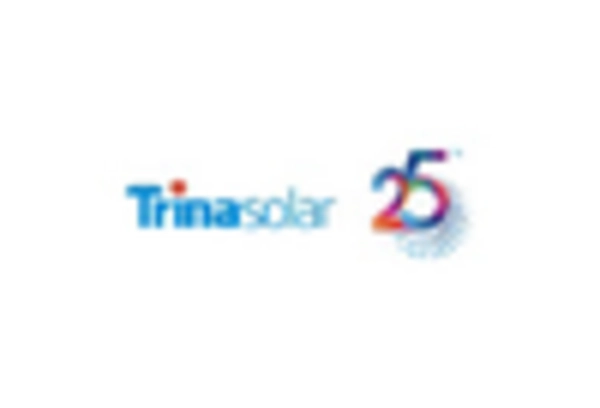








Leave a Comment